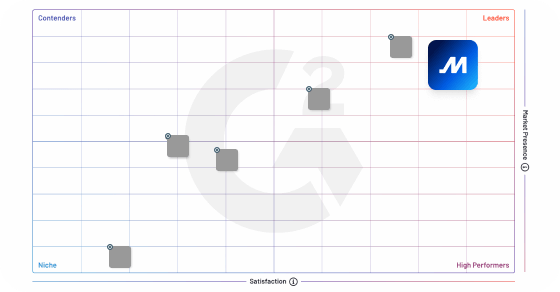Construction equipment tracking monitors and manages the heavy equipment used on job sites. A tracking system enables construction companies to enjoy visibility into their machinery and optimize their operation, leading to better efficiency and cost-effectiveness.
A construction equipment tracking system consists of GPS trackers, telematics devices, and sensors installed on the equipment. These devices collect real-time data on machinery location, usage, and performance, which is then transmitted to a central database. Companies can then easily access information about equipment utilization, fuel consumption, maintenance needs, and more. This helps avoid downtime and reduces the need for additional equipment, ultimately saving costs and increasing profitability.
Construction equipment tracking also enhances safety and security. Monitoring equipment helps companies identify areas where they can improve safety protocols and prevent accidents. Further, with GPS tracking, companies can know where assets are, no matter how remote the job site is. They can also set up geofence boundaries to flag unauthorized use and quickly locate and recover stolen equipment.
Frequently Asked Questions
What are the three kinds of tracking?
GPS tracking, barcode tracking, and RFID tracking are the three most common types of tracking. GPS tracking relies on satellite technology to determine the location of objects or vehicles in real-time. Barcode tracking involves scanning barcodes on items to track their movement and inventory.
RFID tracking uses radio frequency identification technology to automatically identify and track objects or assets through radio waves. These tracking methods are widely employed in various industries for inventory management, logistics, and asset tracking purposes.
What is the best GPS for construction sites?
Determining the best GPS for your construction site depends on the specific project requirements and preferences. First, look for a GPS solution tailored to construction industry needs. These options will emphasize accurate positioning, remote monitoring capabilities, and rugged durability. The best GPS tracking for construction sites will support equipment security and safety onsite, and provide data that can optimize dispatch and maintenance efforts. Consider factors like compatibility with other equipment, ease of use, and customer support as well.
How much does a tracking system cost?
The cost of a tracking system varies depending on various factors such as the type of tracking system (e.g., GPS, RFID, barcode), the complexity of the system, the number of assets tracked, and your desired features and capabilities. Basic GPS tracking systems can range from a few hundred dollars to a few thousand dollars per unit. More advanced systems with additional features and functionalities can be more expensive.
Does heavy equipment have GPS trackers?
Yes, heavy equipment can have GPS trackers installed. These trackers provide real-time location data, enable geo-fencing to prevent unauthorized use and assist in tracking equipment maintenance schedules. Overall, GPS tracking helps construction companies monitor asset location, track usage, improve security, and optimize fleet management.



